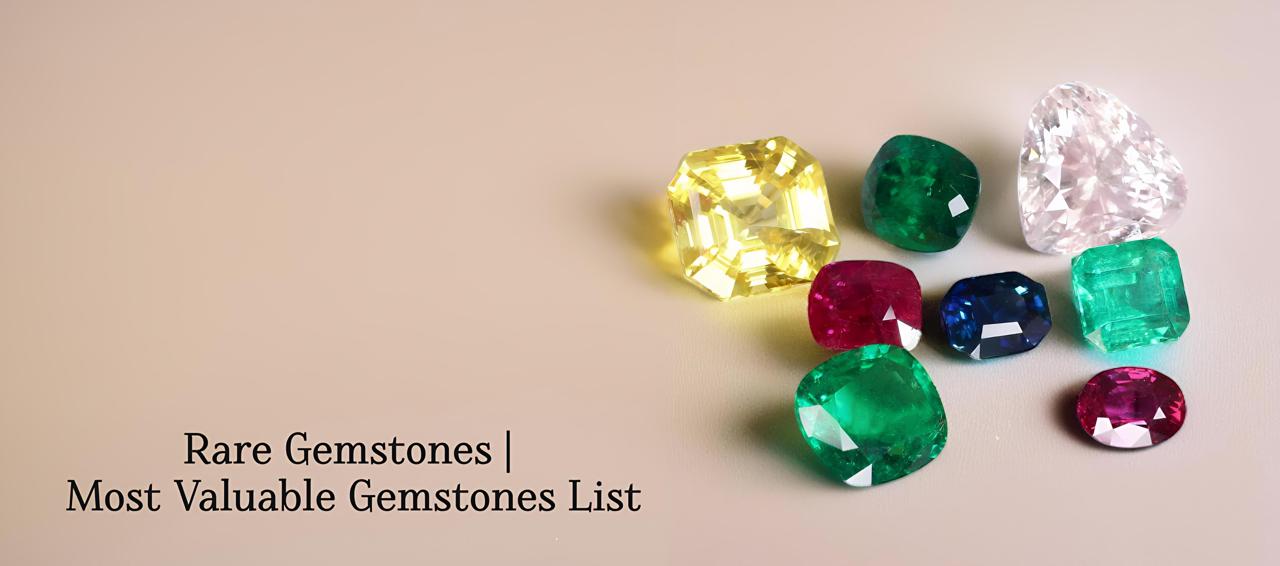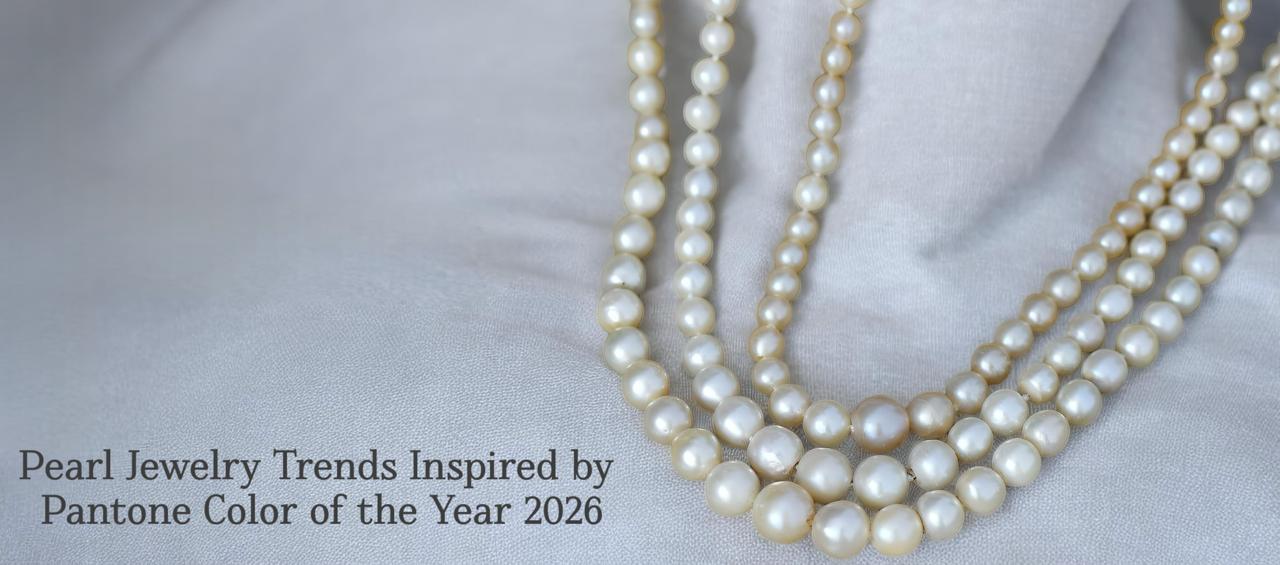 Categories
Categories 
Rubies, the 'the king of precious gemstones,' are known for their unmatched allure. From their mystical properties to gaining an essential place in the wardrobe, ruby stones(Chuni Stone) are desirable gemstones. Burma ruby, renowned for its exquisite red hue and exceptional quality, holds a special place in the world of gemstones. Originating from the Mogok region of Myanmar, formerly known as Burma, these gemstones have captivated civilizations for centuries. Their deep, vibrant color symbolizes love, passion, and vitality, making them highly coveted stones for fine jewelry. Burmese rubies have graced the crowns and ornaments of kings and queens, adding a touch of elegance and power to their wearers. Their historical significance extends to various cultures, where they have been revered as talismans of protection and good fortune.
With time, Burma rubies have been classified into two different categories, the 'Old Burma ruby' and ‘Burma ruby.' This categorization is mainly due to the origin of these gemstones. Concerning the fact that each place carries its own identity reflected in the gem. This blog will discuss the difference between the old Burma and the Burma ruby. The major points that distinguish the two are as follows:
Geological Origin and Formation
These gemstones remain highly prized today, representing a blend of tradition and timeless beauty. The different origins of these gemstones mark the first point of difference and why they are termed 'old'. The 'Mogok Stone Tract' mines are most commonly associated with 'Burmese rubies.' This mine, founded in 579 AD, is the oldest one, and the ruby deposits from these are characterized as 'Old Burma ruby stones.' The Mong Hsu mining area in Burma has been known for producing ruby stones commercially since 1991. These rubies are termed ' Burma ruby.' In general, ruby gemstones are formed from metamorphic host rocks. Both Mogok and Mong Hsu Burma ruby are obtained from marble-type host rocks.

Color and Hue
After gaining an insight into the different geological origins of the two varieties of rubies, their color is another essential feature that makes them distinct. The color of gemstones, in general, is described in terms of hue, tone and saturation.

Inclusions and Clarity
Other than color as the mark of distinction, the clarity of the gemstones is also considered essential. The Mogok-type rubies include iridescent silk-like needles and dense nests of rutile as inclusions. Anhedral crystals of minerals such as apatite and calcite and roiled growth structures are also common inclusions. Comparing the inclusions with those of Mong-Hsu-type rubies, the most prominent difference is the blue-colored cores. These cores are removed during heating. Treatment or enhancement given to these stones leaves a cloudy appearance inside. The untreated pigeon blood red ruby stones are rare and difficult to find.

Carat Weight and Size
The smaller size of Burma rubies compared to old Burma rubies is another factor of consideration. Mogok-type Burma rubies have distinguished themselves for their high-carat weight. For instance, the Caplan Ruby, one of the finest Burma rubies from Mogok origin, is 15.97 carat, natural and untreated. This cushion-cut ruby stone has good clarity and a prominent pigeon blood-red color.

Comparison Based on Price Factor
After understanding the difference between old and Burma rubies, exploring the driving factors behind the purchasing process when buying Burma ruby stones online is essential. The four C's factors primarily influence the pricing of old and Burma ruby stones. Notably, the intense red hue of the stone plays a pivotal role in determining its value. This vibrant and deep red color results from the chromium content within the crystal lattice of the stone. Among Burma rubies, those from the Mogok Valley are remarkably esteemed for their exceptional "pigeon blood red hue." These exquisite ruby stones exhibit strong fluorescence, even under daylight, which aids in identifying their source of origin.
However, it's important to note that old Burma ruby stones may contain short, fine, rutile needles, which can impact their price. Rubies with minimal or no inclusions are considered rare and consequently command higher prices. Burma rubies are comparatively low in price as they are darker in shade and lack brightness. These ruby stones are generally treated to remove the blue-hued core. Thus, they are less desirable as compared to the old Burma rubies.
At Navratan, the best online gem bazaar, ruby stone price is governed by the four C's. The pigeon blood red ruby prices are higher than other rubies of different origins.
In conclusion, the distinction between old Burma and Burma rubies goes beyond mere geological origin. Old Burma rubies, celebrated for their exceptional "pigeon blood red" hue, hold a legacy that traces back centuries. These gemstones are highly coveted among collectors and connoisseurs owing to their high quality and significant carat weight. Their historical significance, rarity, and intense color contribute to their enduring allure and premium pricing. Burma rubies, while still stunning gemstones are mostly treated for enhancing color and clarity. Ultimately, the choice between old and Burma rubies depends on individual preferences, values, and the desire for a timeless treasure.





Pearl Jewelry Trends Inspired by Pantone Color of the Year 2026
January 5th, 2026